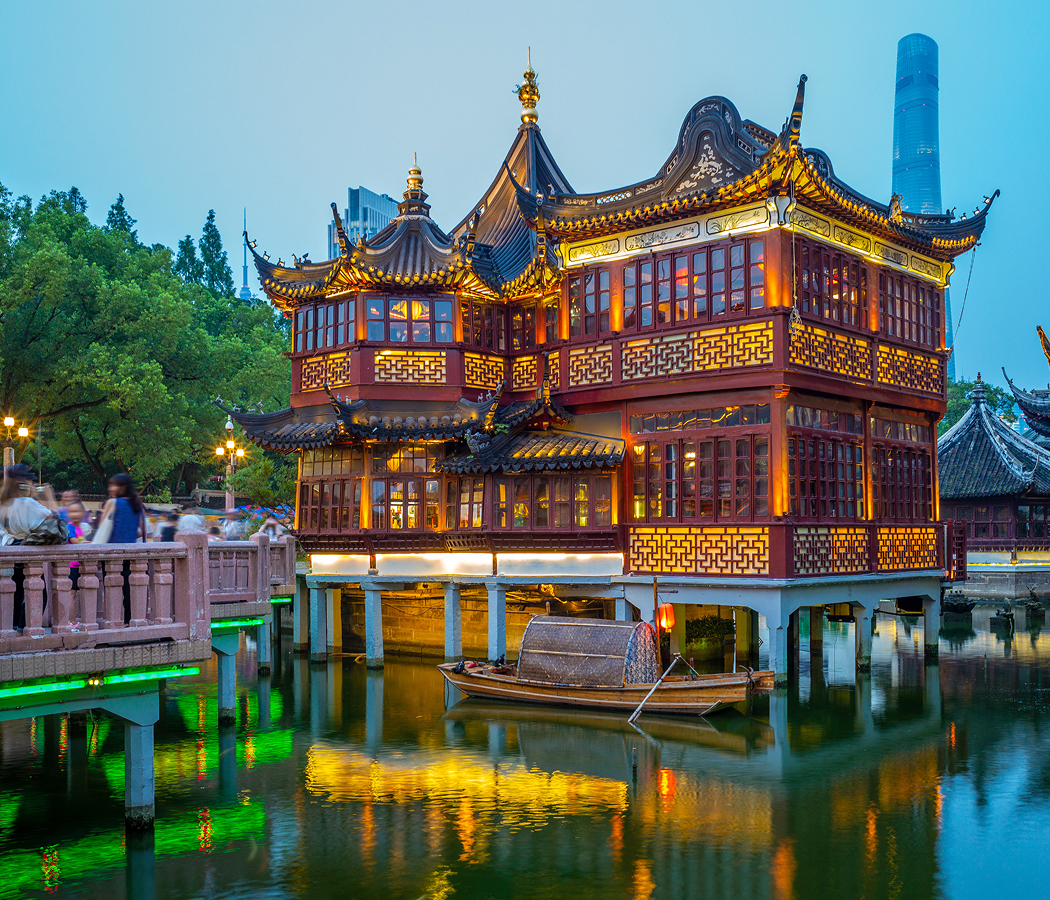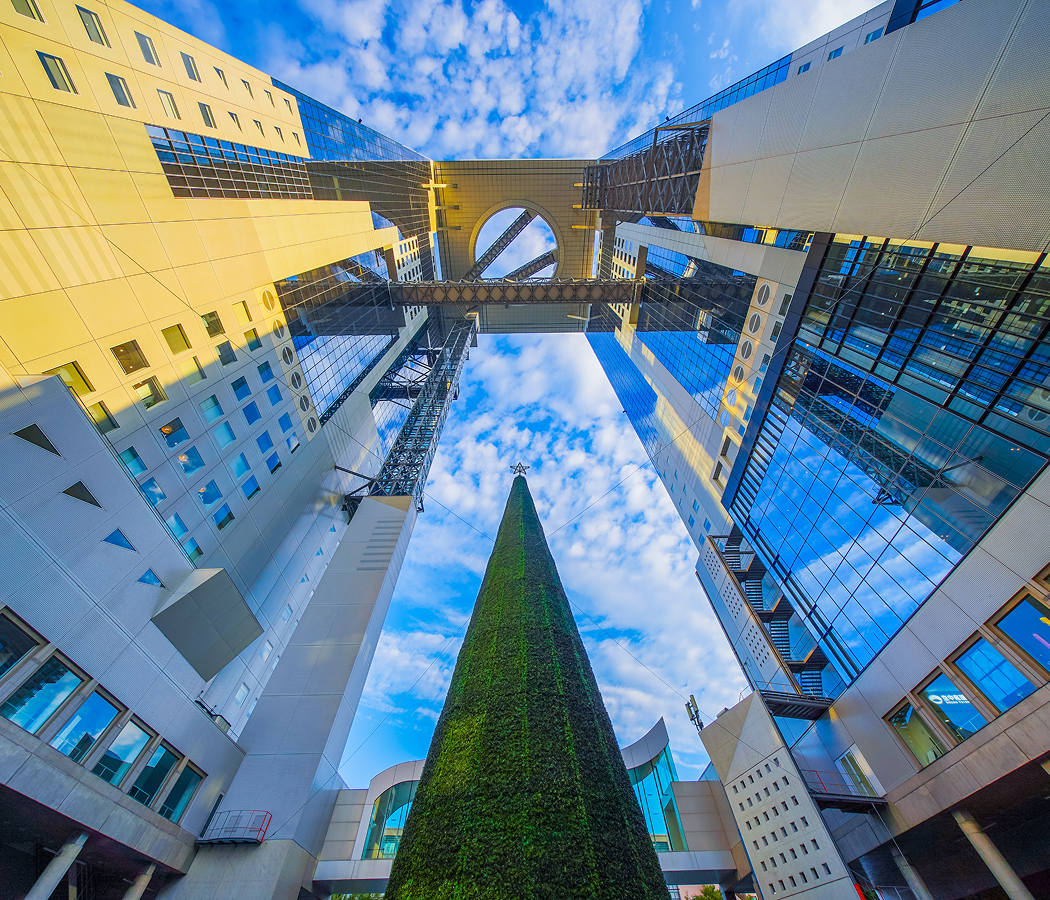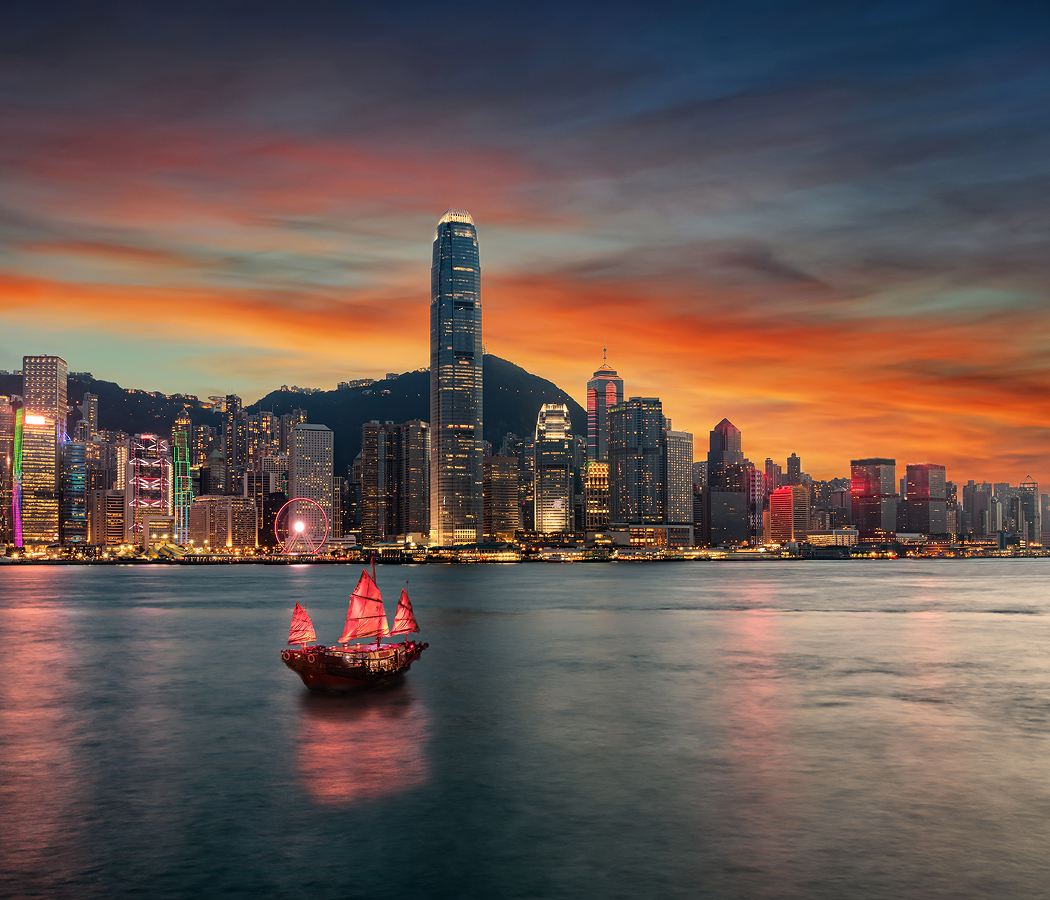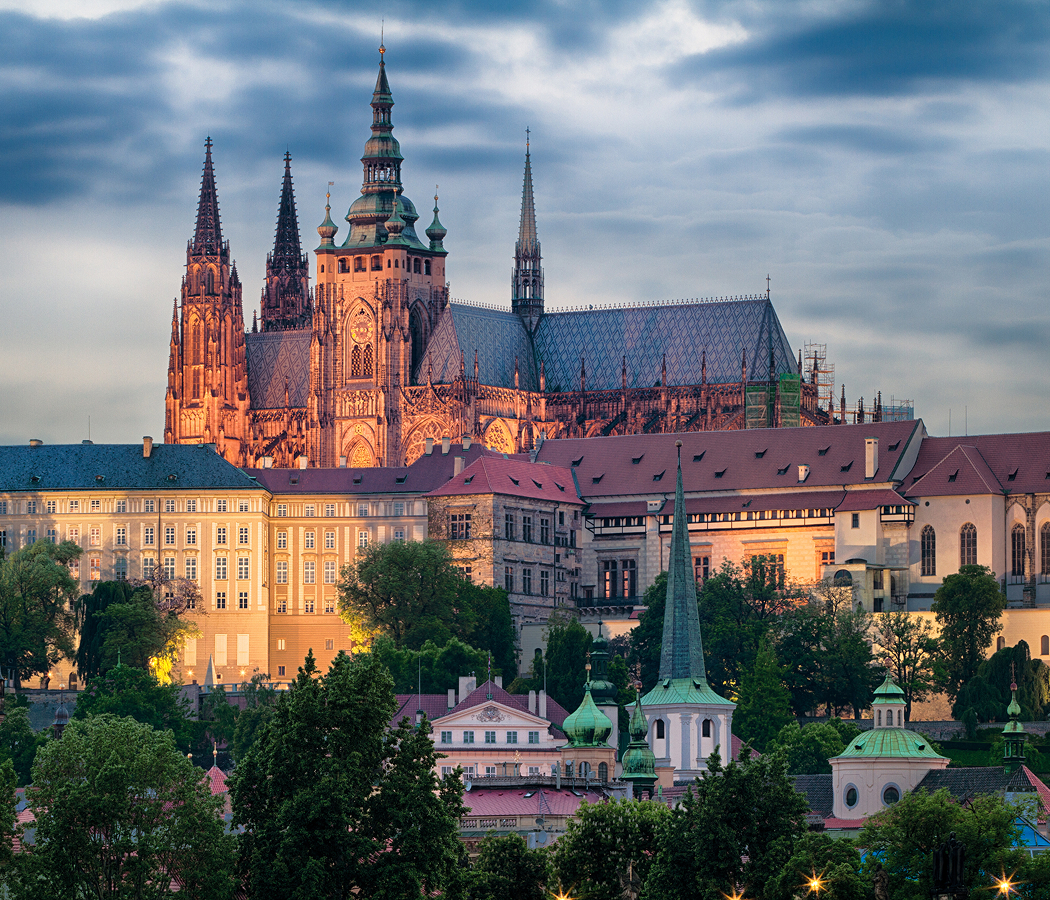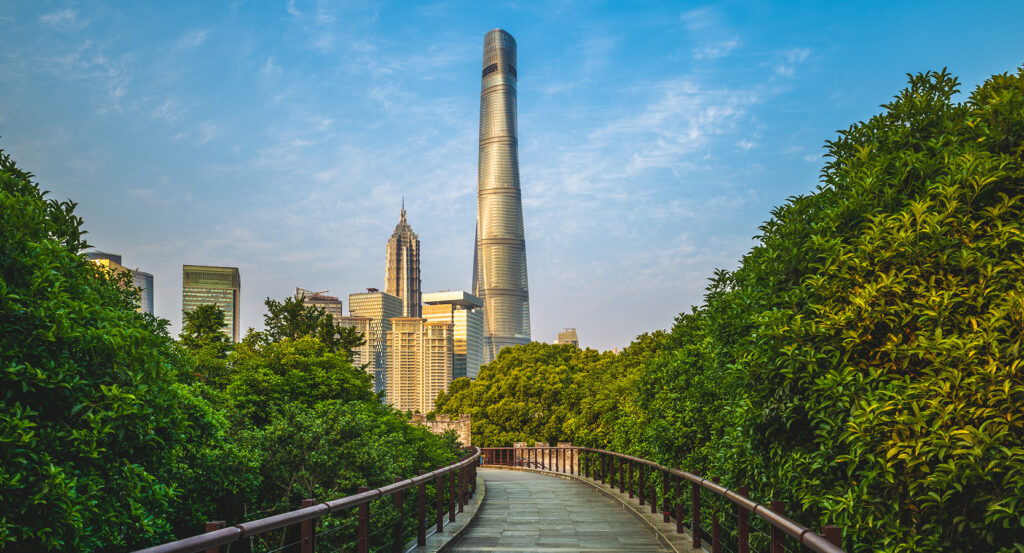
Why you should experience the Shanghai Tower.
The Shanghai Tower isn’t just China’s tallest building, it’s a vertical city, a symbol of imagination made real, spiraling toward the clouds as if to merge the earth and sky.
Soaring 632 meters (2,073 feet) into the air, it is the second tallest building in the world, and the undeniable centerpiece of Shanghai’s futuristic Lujiazui district. Its twisting, dragon-like form stands beside the angular Shanghai World Financial Center and the tiered Jin Mao Tower, a trinity of architectural ambition that defines the city’s skyline. Designed by the American firm Gensler, the tower’s graceful spiral represents the dynamic rise of modern China, a structure that doesn’t just dominate the skyline but dances within it. Every rotation of its glass façade reduces wind pressure, allowing it to bend and breathe with the elements rather than resist them. Standing at its base, you feel its scale not as oppression but as awe, the quiet recognition of what human ingenuity can build when it dares to think skyward. At night, its 270 wind turbines glow faintly with kinetic energy, the tower’s body wrapped in a gentle swirl of light, like a lantern for the heavens. Shanghai Tower isn’t a building, it’s a movement, a living sculpture that tells the story of China’s leap into the future.
What you didn’t know about the Shanghai Tower.
Behind its shimmering curves lies a masterclass in sustainability, symbolism, and engineering genius.
Completed in 2015, the tower was conceived as more than a skyscraper, it was envisioned as a vertical ecosystem. Its 128 stories are divided into nine distinct zones, each functioning like a self-contained neighborhood with gardens, cafés, sky lobbies, and public gathering spaces. This “stacked city” approach minimizes the need for horizontal travel, reducing congestion while nurturing community. But the brilliance lies in its double-skin façade, two layers of glass that create a thermal buffer, reducing energy use by up to 20 percent while maintaining breathtaking transparency. Within those layers, 360-degree panoramic elevators, the fastest in the world, shoot visitors to the observation deck at 20.5 meters per second, turning ascent into exhilaration. The tower also channels rainwater, harnesses wind energy, and uses an intelligent lighting system that adjusts to natural rhythms. Its spiral design, rotating nearly 120 degrees from base to tip, was inspired by the traditional Chinese concept of the “cosmic dragon,” symbolizing vitality, growth, and good fortune. At the tower’s crown, the observation deck known as “Top of Shanghai” reveals a perspective unlike any other: a dizzying view where clouds drift below and the city’s pulse hums far beneath your feet. Yet, amid its advanced technology and engineering marvels, the Shanghai Tower remains poetic, a structure rooted in ancient philosophy but reaching endlessly toward tomorrow.
How to fold the Shanghai Tower into your trip.
A visit to the Shanghai Tower isn’t just an architectural pilgrimage, it’s an experience that rearranges your sense of scale and possibility.
Begin your journey at ground level in the Lujiazui district, where its spiraling façade mirrors the motion of the wind. The tower’s lobby feels like entering the heart of a living organism, light refracting off curved glass, sound softened by air and motion. Take the high-speed elevator directly to the Top of Shanghai Observatory on the 118th floor, the highest indoor observation deck in the world, and prepare to be suspended between earth and sky. From here, the city unfurls like a luminous circuit board: the snaking Huangpu River below, cargo ships tracing ribbons of silver through the water, and The Bund gleaming across the river’s edge. Visit in the late afternoon to watch Shanghai transform from steel to starlight, a golden glow giving way to an electric nightscape where every tower becomes a beacon. Afterward, explore the tower’s lower levels, where art installations, cafés, and design boutiques capture the creative pulse of the city. For those seeking a quieter moment, head to one of the vertical gardens on the mid-level floors, serene sanctuaries of green air suspended high above the noise. The tower’s surrounding plaza connects seamlessly to its neighboring giants, so wander over to the Shanghai World Financial Center for a contrasting view, the city seen from another height, another story. End your visit by stepping back to the opposite bank at The Bund, where the tower’s coiling silhouette rises like a dream, glass, wind, and vision intertwined. The Shanghai Tower isn’t just an architectural record-breaker, it’s Shanghai’s soul made vertical, a spiraling testament to human imagination and the limitless power of a city that never stops reaching higher.
Hear it from the Foresyte community.
Elevator shoots you up so fast it feels like Space Mountain but with fewer screaming kids. Next thing you know, you’re eye-level with clouds.
Where meaningful travel begins.
Start your journey with Foresyte, where the planning is part of the magic.
Discover the experiences that matter most.


